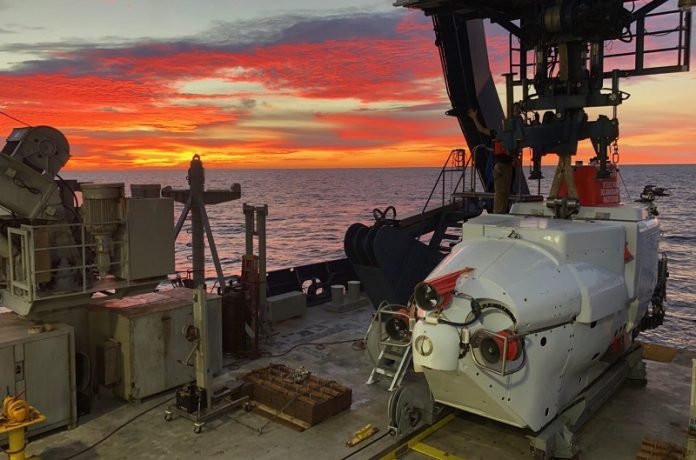
Scientists from around the globe have just added a fascinating twist to our family tree, and it’s no myth.
Their recent discovery suggests that humans, eagles, daisies, and every complex life form we know share a deep connection with an obscure microbial group known as Asgard archaea.
It’s a relationship that not even Thor, the legendary Norse god, could deny.
This groundbreaking research was conducted by a team from The University of Texas at Austin, Wageningen University in the Netherlands, and several other institutions.
Their work, published in the esteemed journal Nature, implies that all complex life forms, which includes plants, animals, insects, and fungi, are descendants of a single Asgard archaea ancestor.
Much like how birds stem from a larger group of dinosaurs, these complex organisms are an offshoot from a bigger group of Asgard archaea.
Until now, we haven’t found any fossils of these complex organisms, known as eukaryotes, from more than about 2 billion years ago. Before that time, it appears only simpler forms of life, such as microbes, were present on Earth.
The key question for scientists was: “How did these simple microbes transform into complex eukaryotes?” Unearthing the common ancestor is a significant milestone in answering that riddle, explains Brett Baker, a professor at UT Austin.
Thijs Ettema of Wageningen University led the team to identify the closest microbial kin to all complex life forms.
They found this relationship with a newly described order of Asgard archaea called the Hodarchaeales, or Hods, which are located in marine sediments.
Scientists have discovered that Asgard archaea evolved more than 2 billion years ago and that their descendants are still among us, discovered in places like deep sea sediments and hot springs worldwide. Getting to know them is tricky; they’re collected from their environment, and scientists then piece together their genomes to understand their traits.
The researchers have successfully broadened our knowledge of Asgard’s genetic diversity by adding more than 50 previously undescribed genomes to their study.
Their findings suggest that the ancestor of modern Asgards lived in hot environments and lived off CO2 and chemicals, whereas Hods, more closely related to us, live in cooler environments and consume carbon.
In Norse mythology, Hod is a god who is tricked into killing his own brother, Baldr. This whimsical connection to Norse mythology had Brett Baker quipping, “We are all Asgardian.”
So, there you have it! A surprise from the past reminding us that the secrets of our origins lie not only in fossils but also in the very stuff of life – our genes.
We share more in common with these ancient microbes than we ever imagined, and every organism, from the humblest fungus to the mightiest eagle, is part of this incredible Asgardian family.



